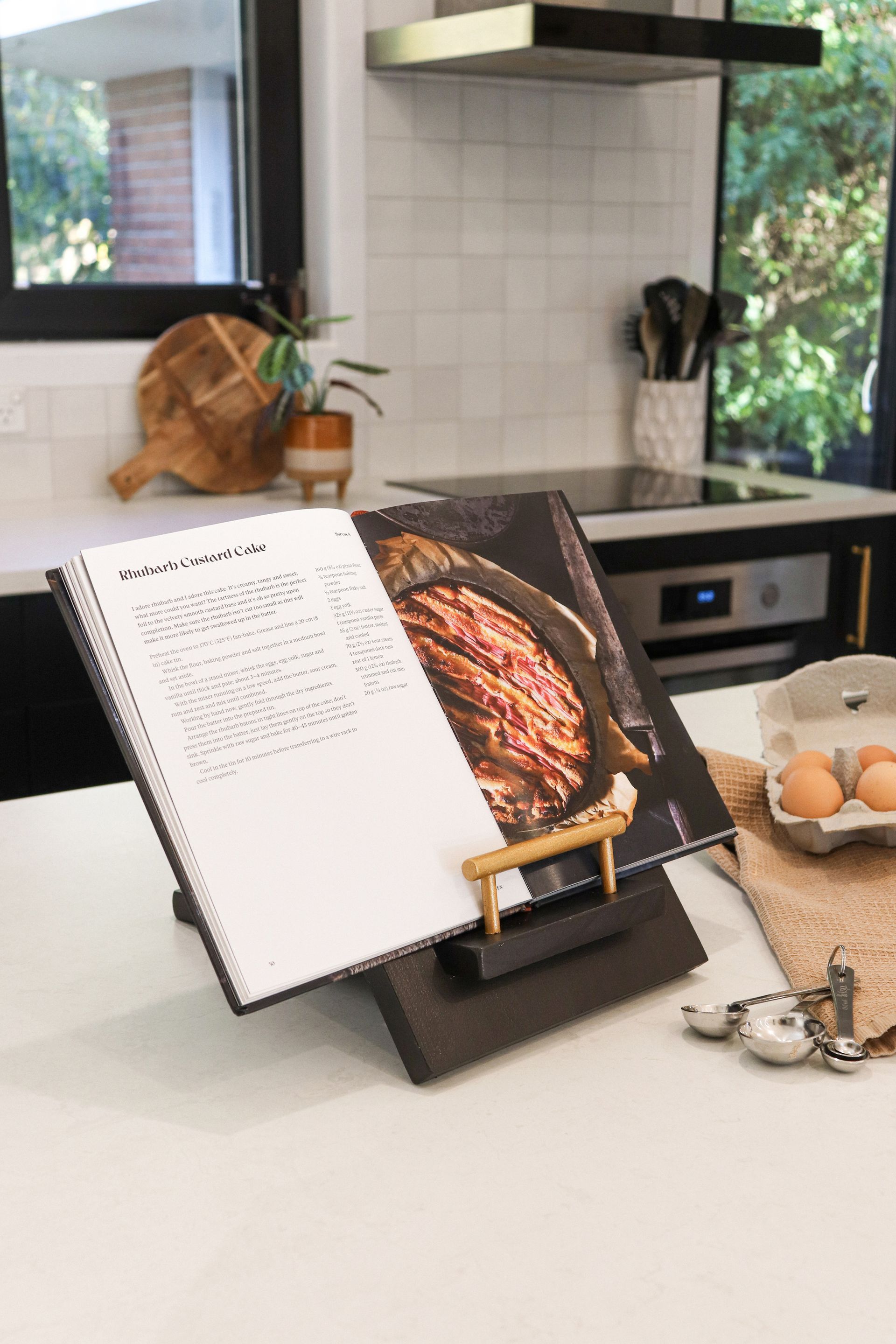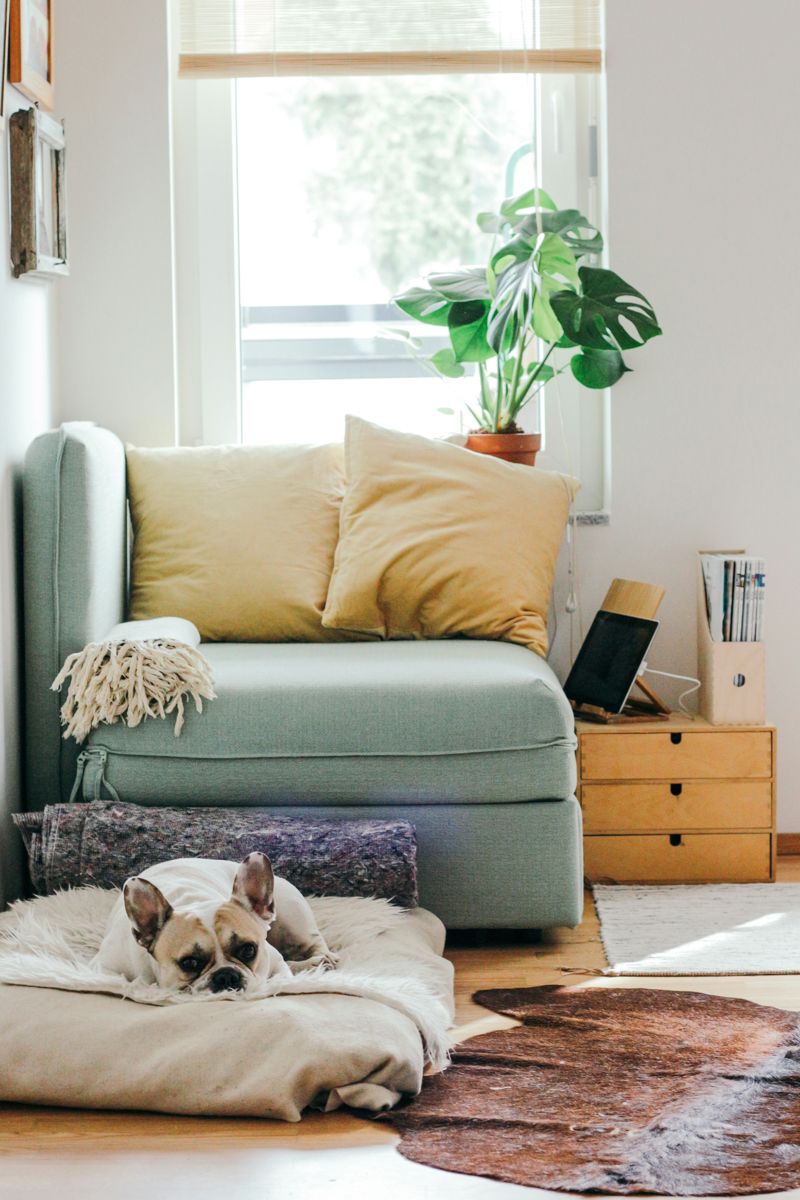A tumultuous health journey teamed with a passion for wellness has seen Kate Perriam lovingly create Earth Wellness - a haven of tranquillity and healing in Sumner to serve those who are looking for answers outside typical biomedical treatments.
The old adage that our hardest times are often our greatest teachers is certainly true in Kate Perriam’s case. After graduating with a health science degree specialising in Chinese medicine in Wellington 10 years ago, Kate went about setting up a clinic in Wānaka. ‘In that time, I set up an acupuncture clinic, grew my clientele up to long waiting lists, and bought an additional multi-disciplinary practice in Alexandra with five staff.
‘It all grew into a big undertaking to operate the businesses as well as putting the volume of care that I did into each client, resulting in [me burning out] – my body literally broke. I ended up in hospital with no feeling in my legs, and received a diagnosis of multiple sclerosis (MS).’ After the diagnosis, Kate and her husband sold up and moved north to Waihi Beach for a lifestyle reset, where Kate was able to set up a smaller practice from home, and welcome her two children.
‘Holding my newborn, I had this turning point where I couldn’t accept mum life in a wheelchair, so instead of breaking myself to heal everyone else, I finally learnt to prioritise myself. I embodied the three therapies I practise, integrating 10 years’ clinical expertise with added research, and learnt deeper ways to communicate with the neural system in order to work accordingly with its feedback, adamant that it is possible to heal anything.
‘One month later my body spoke to me and said it’s gone. In disbelief, I tested it by going for a run, and I could run!’ Followed by no symptoms for two years, Kate’s neurologist and MRI confirmed there was now no evidence of any MS and the diagnosis was cleared. Ready for the next phase, Kate and her husband, with their now two- and three-year-old in tow, moved to Sumner to be closer to Kate’s family and her husband’s new work opportunity.
‘I came back into the health industry with this love, passion and energy for what I do again – ready to share new skill sets from this experience, but also just as importantly, to create and work in a new balanced and healthy way.’
It wasn’t long before Kate noticed a gap in Sumner Village for a wellness clinic. ‘I wanted to create a beautiful space that I could share with other like-minded practitioners, creating a community where we could all support each other and share the load. Clinical work is demanding on your energy so it’s important to keep the clinic’s environment and structure low-stress or it quickly all becomes too much.
‘I kicked off renovations of a space which created a bit of local chat and next thing several practitioners popped in to see what I was doing, and wanted to join. My collective work-family were finding me and it grew rapidly and organically from there.’
The result is Earth Wellness, a collective of natural health practitioners with a diverse offering including an acupuncturist, naturopath and medical herbalist, accredited counsellor, massage and manual therapists, NLP and hypnotherapist, nutritionist, energy healers and an integrative health nurse. Also on offer are small-class healing evenings including group acupuncture, Tibetan sound baths and cacao ceremonies.
Kate’s own practice focuses on autoimmune and complex neurological cases, and her clients are often those who want to find another solution to immunosuppressant medication. ‘There are limited options when it comes to healing these conditions, and I feel an ardent purpose working in this area due to my own personal experience with it.’
Kate also created the space at Earth hands-on – she gibstopped, painted, wallpapered, tiled, built artworks and signs and happily sang her way through all of it. ‘This renovation was pure bliss for me; I love hands-on creation, and the walls are literally infused with my singing.’
The result was a space that is clean but not clinical, warm but not busy, beautiful but not too personalised. ‘It is so important to me for clients to step into a space that feels like a healing temple, a relaxing yet neutral space that people naturally feel safe in. Also for the practitioners that work there to feel grounded and centred in their place of practice so they can offer their best treatments.’
Recent stories








